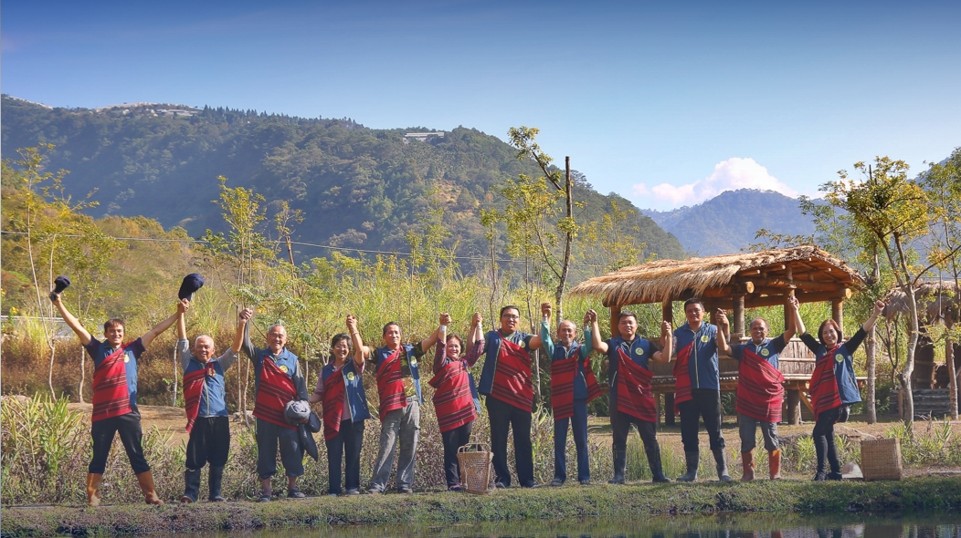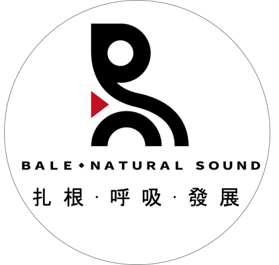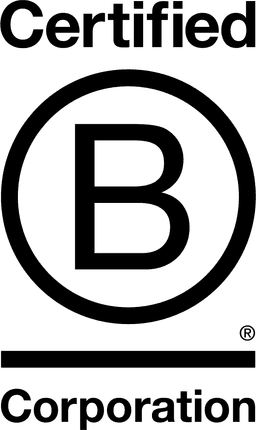

Cheng Yu Integrated Marketing Co., Ltd.

Taichung, Taiwan
November 2025
Growing perennial crops
Agriculture/Growers
Taiwan
【呈育整合行銷有限公司|公司簡介】 呈育整合行銷有限公司是一個以原住民族文化智慧為根基、融合B型企業價值的「影響力中介平台」。我們致力於連結永續發展、社會創新與合作經濟三大領域,打造整合孵化加速、共同工作與非營利網絡的多元平台,重新定義商業成功不僅是經濟獲利,更是環境永續與社會共好的實踐。 我們以原民傳統共好精神為核心,建構台灣原住民族合作網絡,透過各地Hub實體空間作為載體,連結多元背景的原民夥伴,促進資源整合與跨域協作。作為推動原住民族永續發展的關鍵平台,我們不僅是台灣原民與國際社群的接軌基地,更透過B型企業的高標準透明度,持續衡量並改進社會、環境與經濟的綜合影響力。 呈育矢志成為「影響力與商業市場」共融的實踐場域,讓所有利害關係人—包括員工、社區、環境與文化傳承者—共享成長果實,共同邁向永續共好的未來。 CHENGYU Integrated Marketing Co., Ltd. | Company Profile Chengyu Integrated Marketing Co., Ltd. is an "impact intermediary platform" rooted in the wisdom of Indigenous Taiwanese culture and integrated with the values of a B Corp. We are dedicated to connecting the three core fields of sustainable development, social innovation, and the cooperative economy. We have built a diverse platform that integrates impact innovation incubation, acceleration, co-working spaces, and non-profit networks, redefining business success not merely as economic profit, but as the practice of environmental sustainability and social common good. With the traditional Indigenous spirit of mutual benefit at our core, we construct collaborative networks for Taiwan's Indigenous peoples. Using our physical Hub spaces across different locales as vessels, we connect Indigenous partners from diverse backgrounds to foster resource integration and cross-sect
Overall B Impact Score
Governance 7.0
Governance evaluates a company's overall mission, engagement around its social/environmental impact, ethics, and transparency. This section also evaluates the ability of a company to protect their mission and formally consider stakeholders in decision making through their corporate structure (e.g. benefit corporation) or corporate governing documents.
What is this? A company with an Impact Business Model is intentionally designed to create a specific positive outcome for one of its stakeholders - such as workers, community, environment, or customers.
Workers 12.7
Workers evaluates a company’s contributions to its employees’ financial security, health & safety, wellness, career development, and engagement & satisfaction. In addition, this section recognizes business models designed to benefit workers, such as companies that are at least 40% owned by non-executive employees and those that have workforce development programs to support individuals with barriers to employment.
Community 68.6
Community evaluates a company’s engagement with and impact on the communities in which it operates, hires from, and sources from. Topics include diversity, equity & inclusion, economic impact, civic engagement, charitable giving, and supply chain management. In addition, this section recognizes business models that are designed to address specific community-oriented problems, such as poverty alleviation through fair trade sourcing or distribution via microenterprises, producer cooperative models, locally focused economic development, and formal charitable giving commitments.
What is this? A company with an Impact Business Model is intentionally designed to create a specific positive outcome for one of its stakeholders - such as workers, community, environment, or customers.
Environment 21.4
Environment evaluates a company’s overall environmental management practices as well as its impact on the air, climate, water, land, and biodiversity. This includes the direct impact of a company’s operations and, when applicable its supply chain and distribution channels. This section also recognizes companies with environmentally innovative production processes and those that sell products or services that have a positive environmental impact. Some examples might include products and services that create renewable energy, reduce consumption or waste, conserve land or wildlife, provide less toxic alternatives to the market, or educate people about environmental problems.
Customers 1.9
Customers evaluates a company’s stewardship of its customers through the quality of its products and services, ethical marketing, data privacy and security, and feedback channels. In addition, this section recognizes products or services that are designed to address a particular social problem for or through its customers, such as health or educational products, arts & media products, serving underserved customers/clients, and services that improve the social impact of other businesses or organizations.